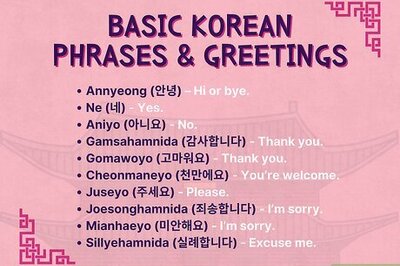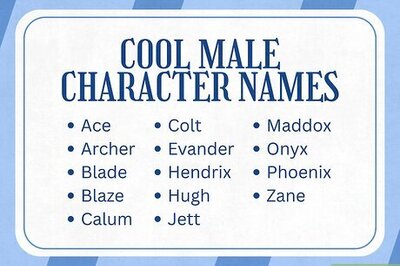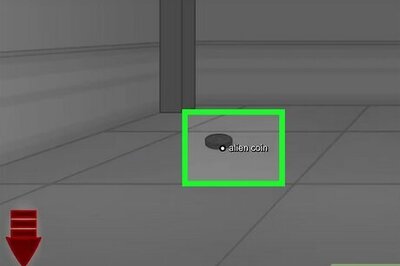
views
The University Grants Commission (UGC) unveiled the National Credit Framework (NCrF) for school and higher education in the country. The NCrF has been released with an objective to integrate vocational education, general (academic) education, and experiential learning such as relevant experience and professional levels acquired.
The credit framework is a single meta framework focussed to join the credits earned via school education, higher education, and vocational or skill education. “This framework will enable establishing equivalence and mobility between general education and vocational education so that lifelong learning, recognition of prior learning, multiple entry and exit, and continuous professional development are encouraged in the system,” UGC Chairman Mamdila Jagadesh Kumar was quoted as saying by a leading news daily.
Also read| Ayurveda, Unani for Medical Students, Ramayana and Mahabharata in UG, PG Courses
How Will Students Earn Credit?
NCrF divides education into eight levels – school education comes under levels 0 to 4, (school students who pass class 5 are placed at level 1). Students who clear class 8 and class 10 are in levels 2 and 3, respectively. Students who complete class 12 reach level 4.
As per the credit system, it is a recognition to the student stating that a learner has completed a prior course of learning, that matches to a qualification at a given level. Under the new credit system, one credit equals 30 notional learning hours ( which is two semesters).
Meanwhile, every semester a candidate will have to earn a minimum of 20 credits. In one year corresponding to 1,200 notional learning hours, a student will earn a minimum of 40 credits. It is to be noted that students can secure more than 40 credits in a year.
The higher education level begins at level 4.5 and ends at level 8. A three-year Bachelor’s course will offer levels 4.5, 5, and 5.5, level respectively (this includes the first year, second, and third year). So, every year a candidate needs to earn 40 credits to their name to move to the next level. By the end of the three-year bachelor’s programme, the student will have earned a total of 120 credits.
On the other hand, vocational and skill education is spread across all levels from level 4.5 to level 8. A student can earn three kinds of credits:
— Credit can be earned after the complete academic education,
— Undergoing any vocational education and training or skill programme,
— Taking up experiential learning, such as relevant experience and proficiency levels acquired.
The new National Credit Framework is based on the National Education Policy (NEP), 2020. It has been jointly developed by the University Grants Commission (UGC), the National Institute of Open Schooling (NIOS), the Central Board of Secondary Education (CBSE), the National Council of Educational Research and Training (NCERT), the National Council for Vocational Education and Training (NCVET), Directorate General of Training (DGT), All India Council for Technical Education (AICTE), Ministry of Education (MoE), and Ministry of Skill Development (MoSD).
Read all the Latest Education News here




















Comments
0 comment